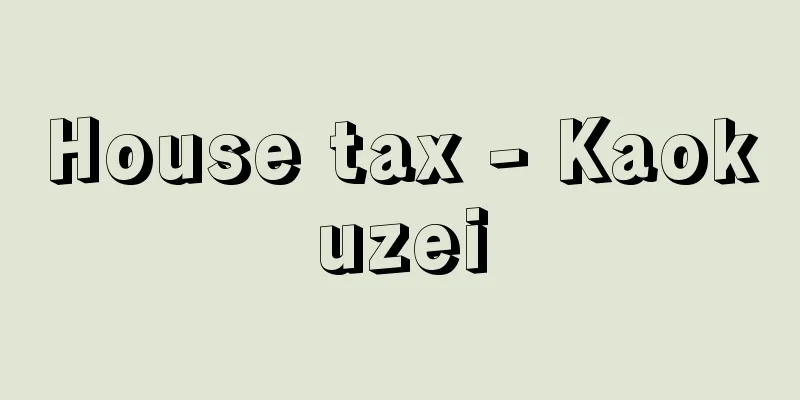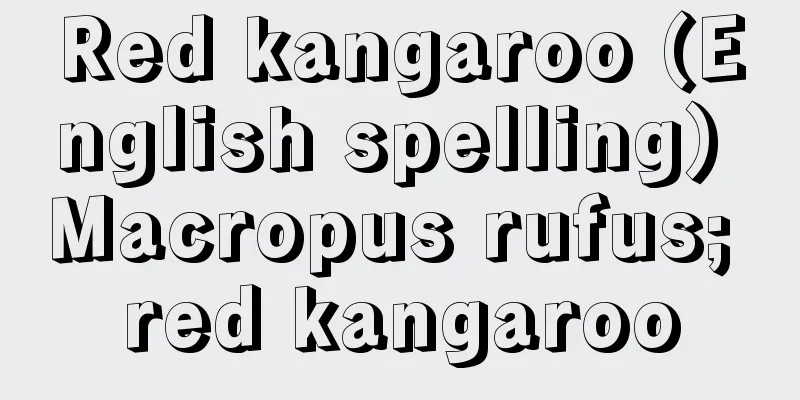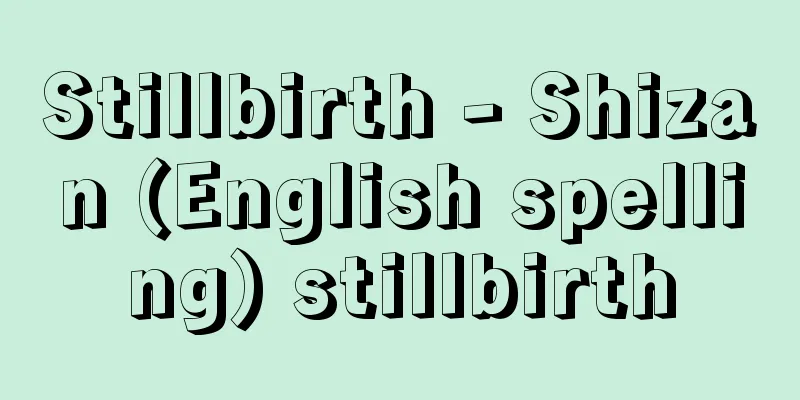Treaty of Rapallo

|
There are two treaties concluded at Rapallo near Genoa, Italy. (1) Treaty concluded on November 12, 1920 between Italy and Yugoslavia. Fiume (Rieka) became a free country and the border between the two countries was established. Fiume became Italian by the Treaty of Rome in 1924. (2) Treaty concluded on April 16, 1922 between Germany and the Soviet Union during the Genoa Conference. After World War I, both Germany, the defeated country, and the Soviet Union, the socialist country, were internationally alienated, but the Soviet Union especially wanted to cooperate with Germany to build its economy and strengthen the Red Army. On the other hand, the German Wehrmacht was proactive in cooperating with the Soviet Union for secret rearmament, and the German heavy industry was also keen on economic cooperation. However, the finished product industry, especially the electrical machinery industry, was attracted to the Soviet market, but placed importance on cooperation with Western Europe. W. Rathenau, who became German Foreign Minister from the electrical equipment industry, was initially inclined to cooperate with British Prime Minister Lloyd George, but due to concerns over the rapprochement between France and the Soviet Union at the Genoa Conference, he was persuaded by Chancellor Wirth and Director of the Eastern Department of the Foreign Ministry, Marzan, to go ahead with signing the treaty. The Treaty of Rapallo stipulated mutual waiver of reparations and other claims, restoration of diplomatic and consular relations, application of most-favored-nation status, and promotion of commercial and economic relations. Although it contained no military clauses, the treaty became an important support for secret military cooperation between Germany and the Soviet Union. Its historical significance lies in the fact that Germany and the Soviet Union cooperated to oppose the Versailles system. [Yu Kurihara] Source: Shogakukan Encyclopedia Nipponica About Encyclopedia Nipponica Information | Legend |
|
イタリアのジェノバ近郊ラパロRapalloで締結された条約で、二つある。(1)1920年11月12日、イタリア、ユーゴスラビア間に結ばれた条約。フィウーメ(リエカ)を自由国とし、両国間の国境を確定した。なお、フィウーメは1924年のローマ条約でイタリアのものとなった。(2)1922年4月16日、ジェノバ会議のさなかに、ドイツ、ソ連間に締結された条約。第一次世界大戦後、敗戦国ドイツと社会主義国ソ連はともに国際的に疎外された存在であったが、ソ連はとくに経済建設と赤軍強化のためドイツとの協力を欲した。他方、ドイツ国防軍は秘密再軍備のためソ連との協力に積極的であり、ドイツ重工業界も経済協力に乗り気であった。ただ、完成品業界とくに電機業界はソ連市場に魅力を感じつつも西欧側との協力を重視していた。電機業界からドイツ外相に就任したW・ラーテナウは、当初イギリス首相ロイド・ジョージとの協力に傾いていたが、ジェノバ会議における仏ソ接近への不安感から、首相ウィルトと外務省東方局長マルツァンに説得されて、条約調印に踏み切った。ラパロ条約は、賠償その他請求権の相互放棄、外交領事関係の回復、最恵国待遇の適用、通商経済関係の促進を定めた。軍事条項はなかったが、同条約は独ソ秘密軍事協力の重要な支えとなった。独ソ両国が協力してベルサイユ体制に対抗したところに歴史的意義がある。 [栗原 優] 出典 小学館 日本大百科全書(ニッポニカ)日本大百科全書(ニッポニカ)について 情報 | 凡例 |
Recommend
Strange, Frederick William
Year of death: 1889.7.5 (1889.7.5) Year of birth: ...
Hounsfield, GN (English spelling) HounsfieldGN
…It is also called a CT scan. CT was developed in...
Byoutou Islands
An archipelago located in eastern China, between ...
Cattail - Cattail
A perennial plant of the Typhaceae family (APG cl...
Rio Bravo
An American film produced in 1959. This is the sec...
Olt (river)
A tributary of the Danube. It flows through Romani...
Kanda Shrine
Located in Sotokanda, Chiyoda Ward, Tokyo. It ens...
Imagawa Honryo Nekomatayakata
...Many of them depict the curse of a mysterious ...
Egamofusa Tomb - The Misasagi of Egamofusa
...A keyhole-shaped tomb that is identified with ...
Depopulated areas
This refers to areas designated pursuant to Articl...
Concave terrain - Ouchikei
…In areas where mountains and plains are clearly ...
Clarté (English spelling)
...In Germany, the Proletarian Cultural League wa...
Gorgon - Gorgon (English spelling)
(1) A monster from Greek mythology. It refers to ...
Hita Basin
A fault basin in the western part of Oita Prefect...
Astana
The capital of Kazakhstan. It means "capital&...









